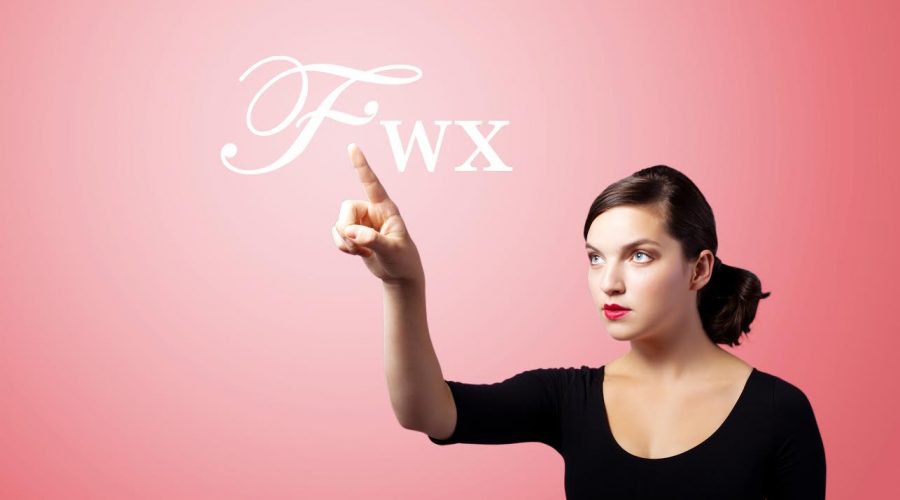Today is a huge day for Financy, not just because it’s International Women’s Day, but because we’re launching the Financy Women’s Index – the first ever quarterly report card on the working-life progress of Australian women!
What the Index offers is a measurement, or benchmark if you like, that allows us all to cut through the noise on whether gender inequality exists at work and in pay (we know it does), and focus on what’s really going on.
We also see it as an opportunity to use the research to flag the areas where more work is needed to support women.
In the 12 months to December 2016, the Financy Women’s Index powered by the amazing Data Digger, improved 4.1 points to 106.2 points, as the number of women occupying corporate board positions rose and the disparity between average earnings fell to its lowest in five years.
The result is better than we had expected and helped to offset relatively flat growth in women working full-time, as well as a moderation in female participation, and widening of the superannuation gap.
Among the key findings – of our exhaustive data analysis of six key indicators and sleepless nights – in the Financy Women’s Index are:
• Corporate Australia drives the Financy Women’s Index higher as ASX top 20 companies surpass a 30% target for women on boards.
• The number of women in full-time work is still yet to crack the 3-million mark.
• Over 50% of women are enrolling in tertiary studies linked to industries with low wages growth.
• The gap between the average superannuation balances of women and men has widened by 2 percentage points over the past five years.
“The trends that are emerging from the ‘data crunch’ show some fantastic progress in board representation but that more work is needed on superannuation balances,” says Data Digger chief analyst and founder Dan Petrie.
The Index analyses data from Australia’s major statistical agencies and is designed to highlight trends among women; from the courses they study once they leave high school, what industries they work in, earnings and savings in superannuation, through to those occupying top company board positions.
“The Index is a huge leap forward,” says AMP Capital chief economist Dr Shane Oliver.
“The key is that it takes a range of indicators and combines them into one useful benchmark. Too often we hear so many different statistics it is very hard to piece them altogether.”
The index also shows that the average woman has 30% less superannuation savings in retirement than men, while the gender pay gap fell to 16% in 2016, which is the lowest it’s been in the past five years.
The number of women undertaking tertiary education is also outpacing men, particularly in traditionally male dominated courses such as information technology which has grown at an average annual pace of 11.7% over the past five years.
“I think the Index allows us to see the progress we are making as a country but also at the individual level to have a benchmark where we measure ourselves, rather than just talking about gender diversity and whether we’re making any progress and on which fronts,” says Urbis chief economist Nicki Hutley.
“We often get drip fed lots of bits and pieces about a lack of equality in the workforce but to have an overall index that lays it out across the workforce, that makes it very hard for people to argue that gender inequality doesn’t exist,” says Ms Hutley.
Citi’s head of Retail Banking Janine Copelin adds that “the Index will be a useful tool for Citi’s wealth management business to help understand Australian women and their investment priorities.”
Sign up to get your detailed copy of the Financy Women’s Index.













